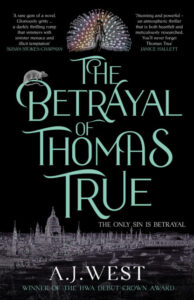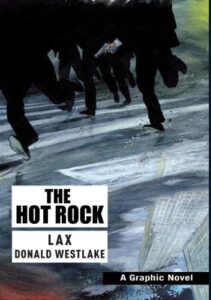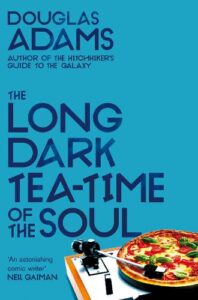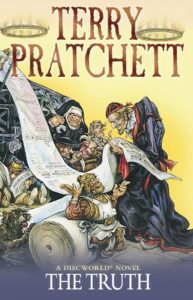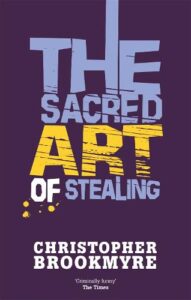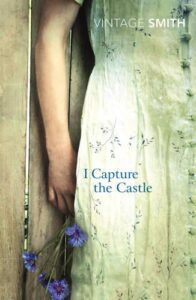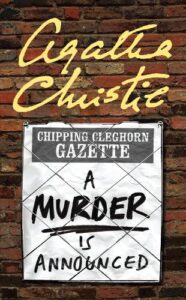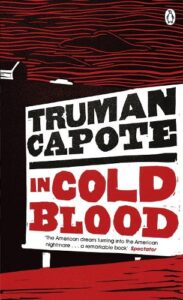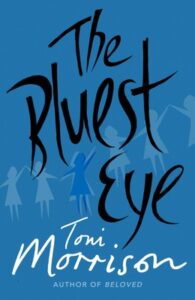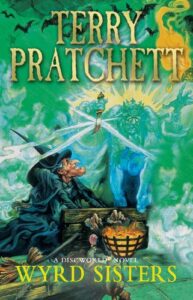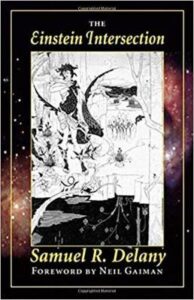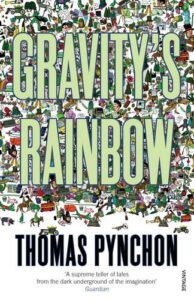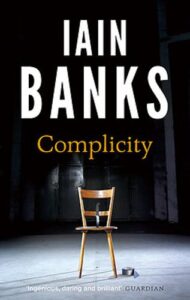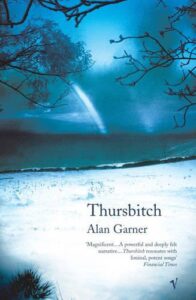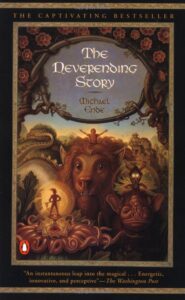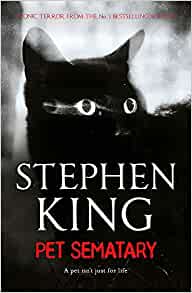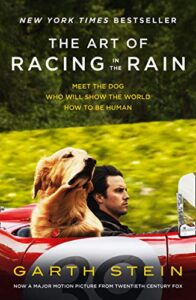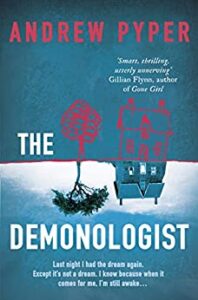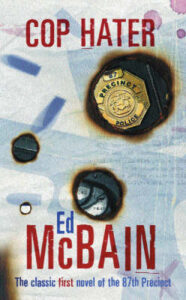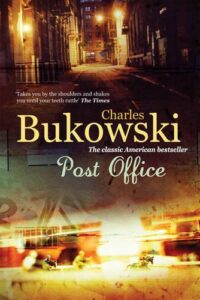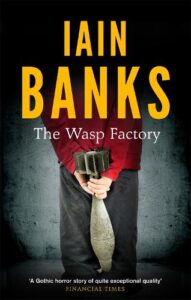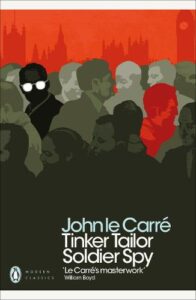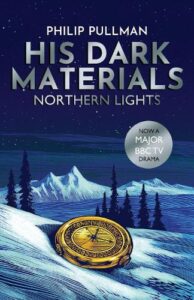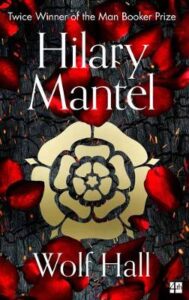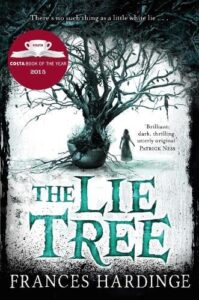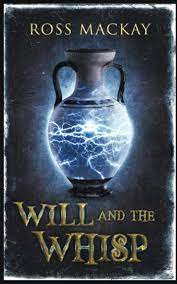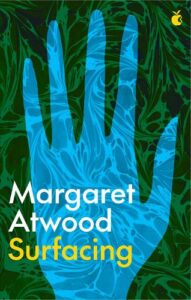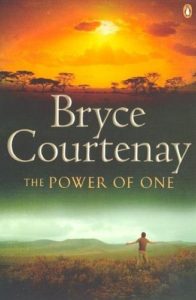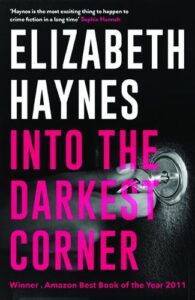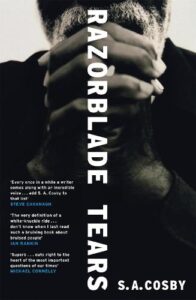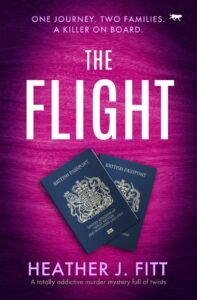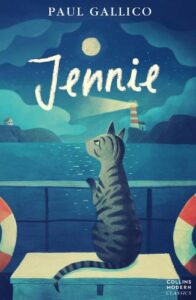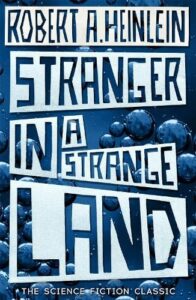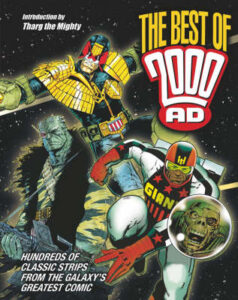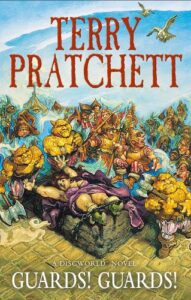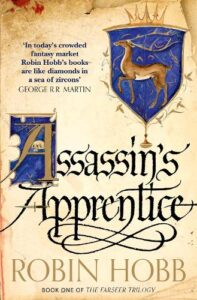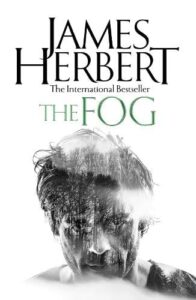Decades: Compiling the Ulitmate Library with A.J. West
Decades – what is it OR where the hell has it been? Returning visitors will hopefully recognise and remember my Decades Library. You may well have wondered why it disappeared and why there has been two months since I last posted a single book review. So I’ve got a Decades recap incoming and a bit of an explanation as to why Grab This Book has been a quiet wee place for a while. Thanks for indulging a bit of personal introspection and my apology…
First up why has this blog gone quiet for the last 12 months? Well Grab This Book had nine years of championing brilliant reads – you can go back to March 2014 and find a wealth of fabulous books, author interviews, guest posts and Decades recommendations. Last year I hit a wall – mentally – I retreated back into myself and basically I found reading and blogging to be overwhelming. I no longer enjoyed the “escape” reading gave me and I actively avoided opening my blog to update it. I’ve missed lots of emails, invitations and the opportunity to celebrate great stories by authors I love. I can only apologise. But I want to keep my blog going as there is no better feeling than having someone tell me they loved a book I once recommended.
The best way I can kick off my demons is to return to Decades. I’ve some guest posts to share and I extend my profound thanks to those who have patiently waited for me to get my shizzle together.
To get back into the Decades groove I’ve a guest post from the fabulous A.J. West – his new novel The Betrayal of Thomas True is published by Orenda Books on 4 July 2024 and a blog tour kicks off on July 1st (tour details below – do check it out).
So for new readers what is Decades? Back in January 2021 I pondered the question: If you had a brand new library (with no books) which books should you add to the shelves to give your library visitors the very best reads to choose from?
I had no idea where to start so I invited guests to join me and tell me which books they thought should be added to my Ultimate Library. But I set a couple of rules in place to govern their choices.
1 – You can pick ANY five books
2 – You can only choose one book per decade from five consecutive decades. Which is why it is a Decades Library.
 Now the eagle-eyed amongst you will perhaps spot this Decades post is slightly different from the previous but Mr West was killing time on a train journey and kindly set about my challenge to pass the time
Now the eagle-eyed amongst you will perhaps spot this Decades post is slightly different from the previous but Mr West was killing time on a train journey and kindly set about my challenge to pass the time 
So without further ado I am utterly delighted to bring you the first Decades selections for many, many months.
A.J. West’s bestselling debut novel The Spirit Engineer won the HWA Debut Crown Award. His second novel, The Betrayal of Thomas True will be published in July 2024. West grew up in Buckinghamshire, before studying English Literature in Preston. He previously worked as an award-winning network television and radio news presenter and reporter. To find out more, please visit: www.ajwestauthor.com
You can also access all things A.J. West through one very simple click: linktr.ee/ajwest
DECADES
 Ned Ward, The London Spy (1698)
Ned Ward, The London Spy (1698)
An extraordinary real life guide to London at the turn of the 17th century, written by an enigmatic tavern-keeper who assumes the fictional role of an uninitiated visitor to the city. He takes the reader to the drinking houses, coffee houses, brothels and tourist attractions of the time. It’s just the most extraordinary window into the past, complete with old London Bridge, the Tower of London menagerie, Bedlam and various prisons and places of questionable repute. In addition to the various destinations, the reader also gets a fully immersive introduction to the people, mores and dialects of the time. A lesser-known essential read for anyone who enjoys a bit of time travel.
 Thomas Hardy, Jude the Obscure (1895)
Thomas Hardy, Jude the Obscure (1895)
A true classic and deservedly so, this novel changed my view on fiction and was the first book to have a deep emotional impact on me as a reader at university. With lyrical prose and such vivid descriptions of pastoral England, its greatest power to my mind is as an achingly real a study of relationships, the hope, the lust, the joy, the cruelty and the tragedy. Speaking of tragedy, I will never recover from the shock when poor Jude discovers… well, you must read it to understand.
 Iris Murdoch, The Sea The Sea (1999)
Iris Murdoch, The Sea The Sea (1999)
I fully concede I don’t appreciate this book, and that’s perhaps partly why I loved reading it so much. The writing is sublime and, though its a literary novel, less interested in plot than philosophy and human behaviour, it manages to be completely enthralling. It taught me that gripping fiction requires expert characterisation first, narrative second. Readers with a grounding in philosophy will be able to appreciate the genius of Murdoch’s writing in a way I’ll never fully achieve, and I’m happy to be humbled.
 Isabel Allende, Daughter of Fortune (2000)
Isabel Allende, Daughter of Fortune (2000)
How to describe this novel? It feels impossible. Spanning generations, sweeping from Chile to China and the United States, dealing with gender, sexuality, dynastic legacies, colonialism, politics and the adventures of multiple unforgettable characters, this novel is an unmatched masterpiece where the reader is whipped along at an incredible pace without ever feeling adrift.
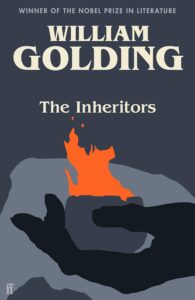 William Golding, The Inheritors (1955)
William Golding, The Inheritors (1955)
I’m reading this as I write. The perfect cleanse as I recover from a bit of historical fiction fatigue. There is nothing like this book, and no surprise it won the Nobel Prize for Literature. It is a fever dream, an enigmatic journey into a magical world long before civilisation when a small tribe of doomed neanderthals make sense of homosapien humans while the reader tries to make sense of them. Elusive and written with a level of intelligence well beyond my reckoning, this book inspires me, as an author, to be brave and to carry on challenging myself as a writer.
My thanks to A.J. for five amazing and diverse recommendations and for getting this blogger back into the right headspace. More apprecaited than you can know.
Do not miss The Betrayal of Thomas True:
